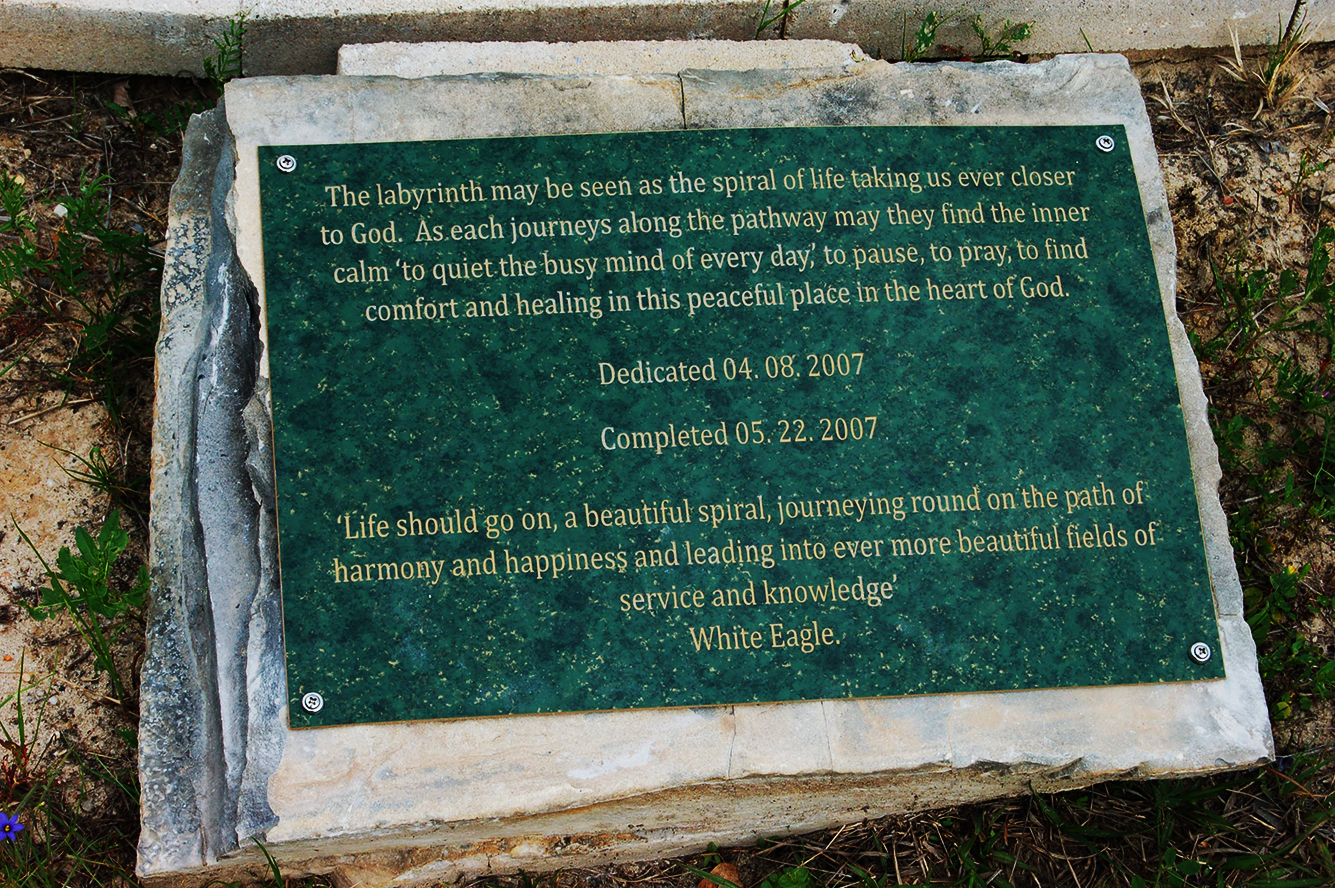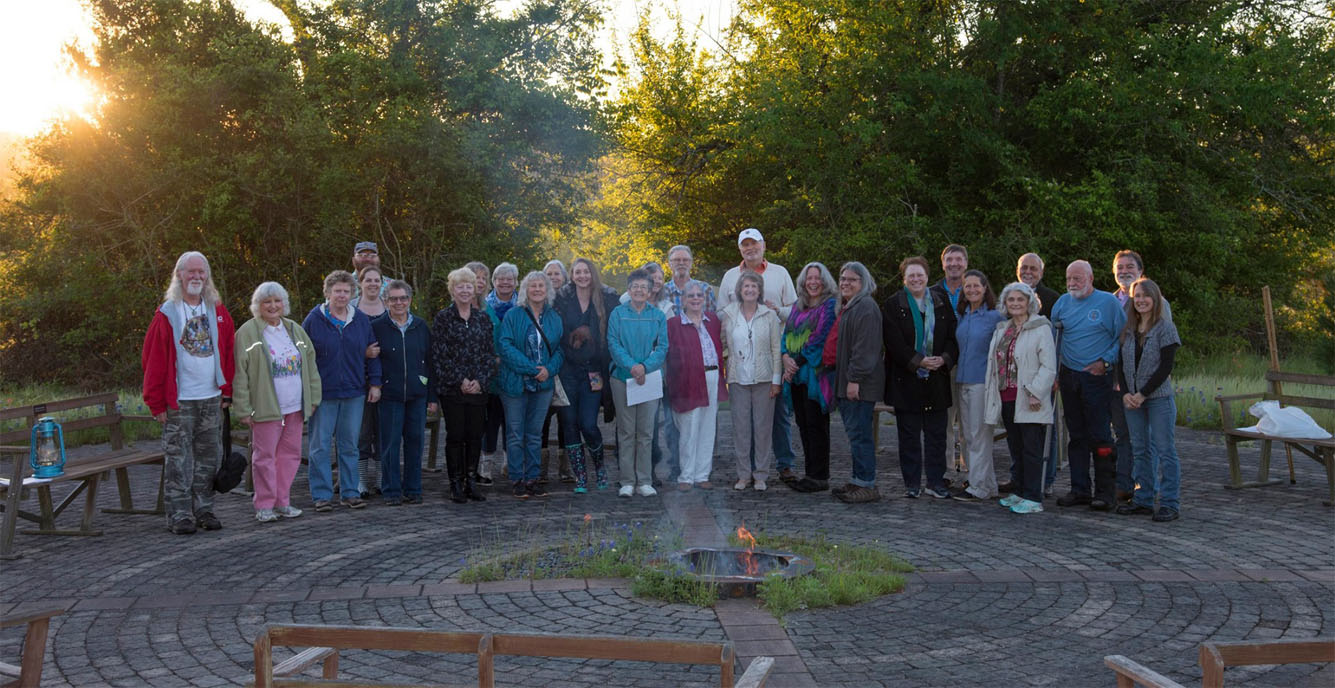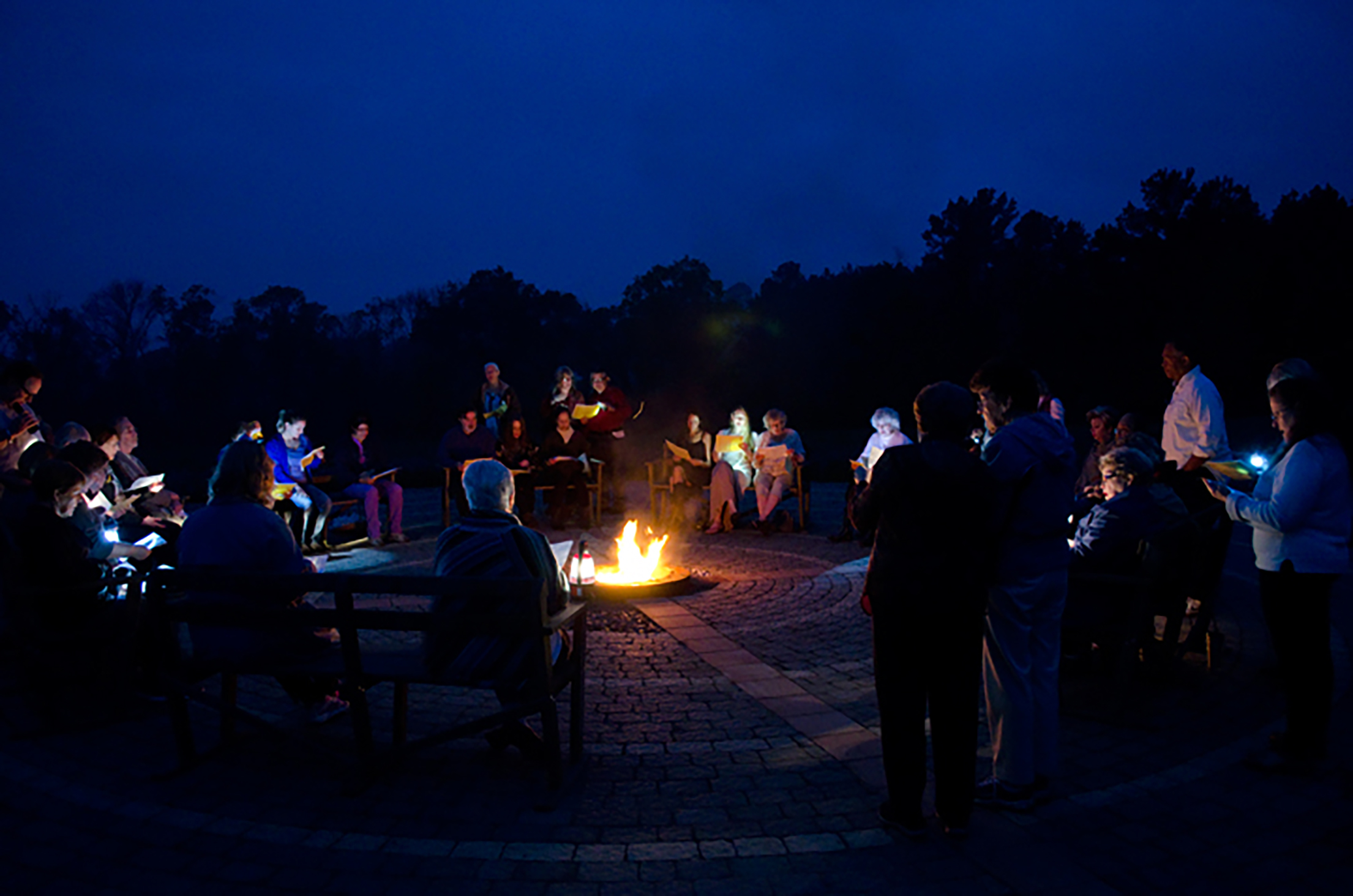
Labyrinth
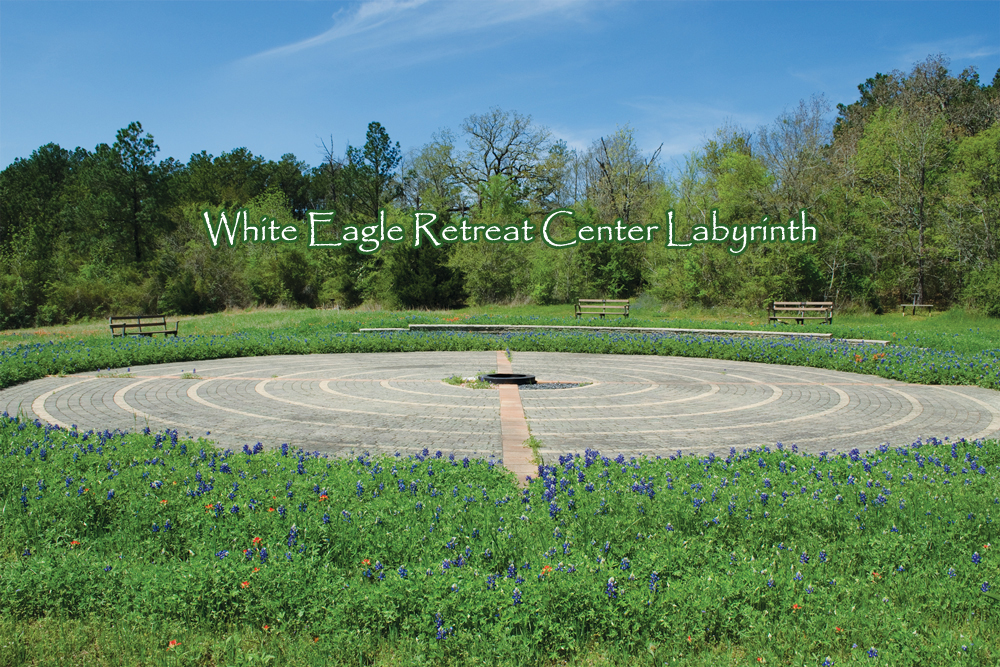
The Labyrinth
- The History of the Labyrinth
- The Sacred Walk
- Walking the Labyrinth
- Sevenfold Spiral
- Equal Sided Cross
- Tudor Rose
The Sacred Walk –
The labyrinth is intended to enlighten and inspire, to be a place for moving meditation; to engage the intuitive mind rather than the thinking mind. It is not a maze that is designed to confuse, but a place to engage in a mindful and sacred walk.
Walking the Labyrinth –
It may be walked as a meditation, as a tool for spiritual guidance, healing and prayer. There is no special way to walk the labyrinth. It may be as a deeply spiritual journey to the center of one’s being, or simply a peaceful contemplative walk. It may take a few minutes, or hours.
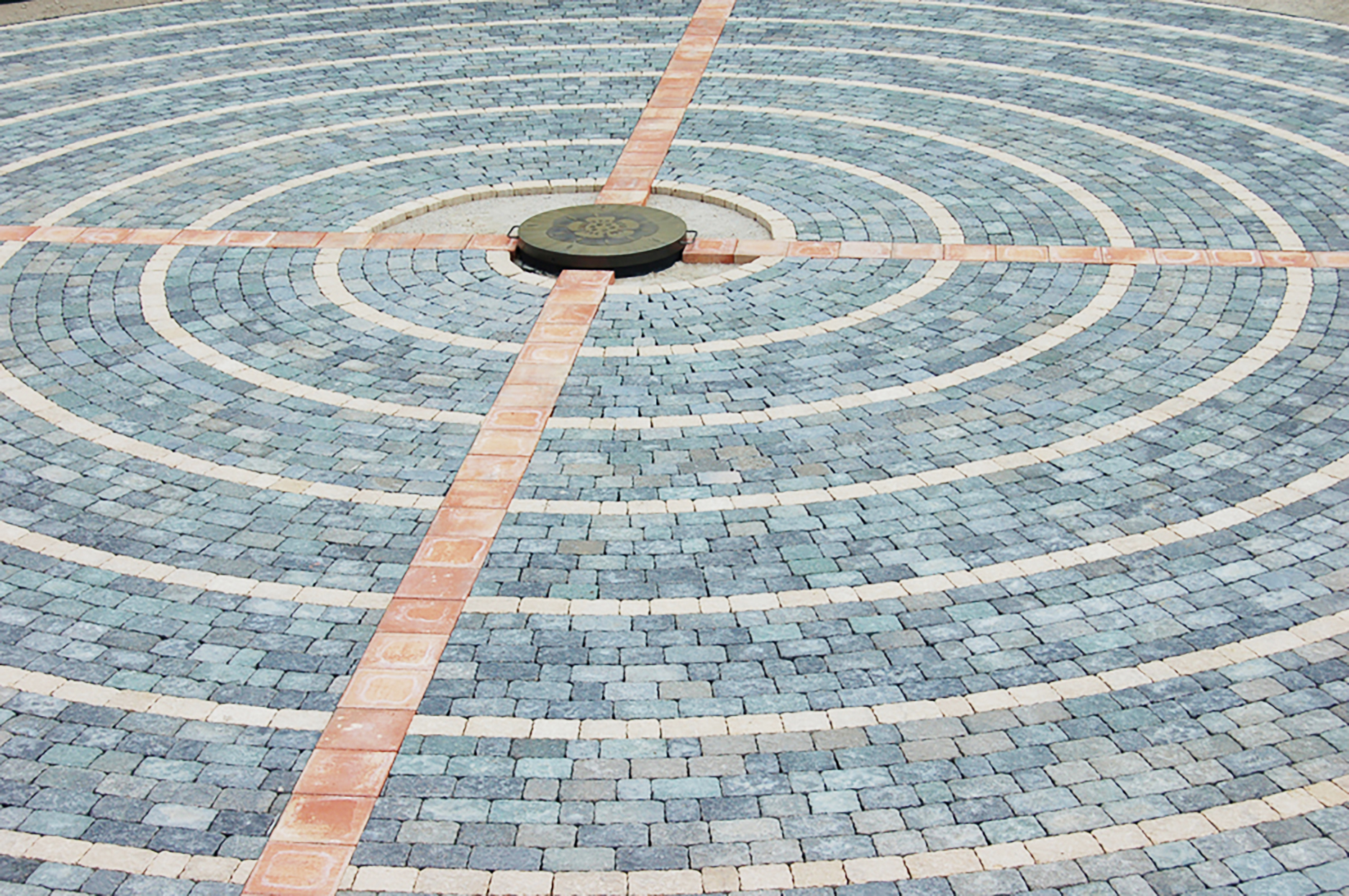
History –
For thousands of years labyrinths have been used by many cultures all over the world, from Ancient Egypt to China, from Ancient Rome to Peru in the Americas. A comparatively modern labyrinth set in the floor of Chartres Cathedral is perhaps the most famous. Labyrinths come in all shapes and sizes. Most Native American labyrinths appear to contain seven spirals; the Hopi in particular produced a labyrinth design symbolic of the coiled serpent, representative of the Mother of created life. All labyrinths seem to have been designed to help guide the walker on a path of inner expansion and growth.
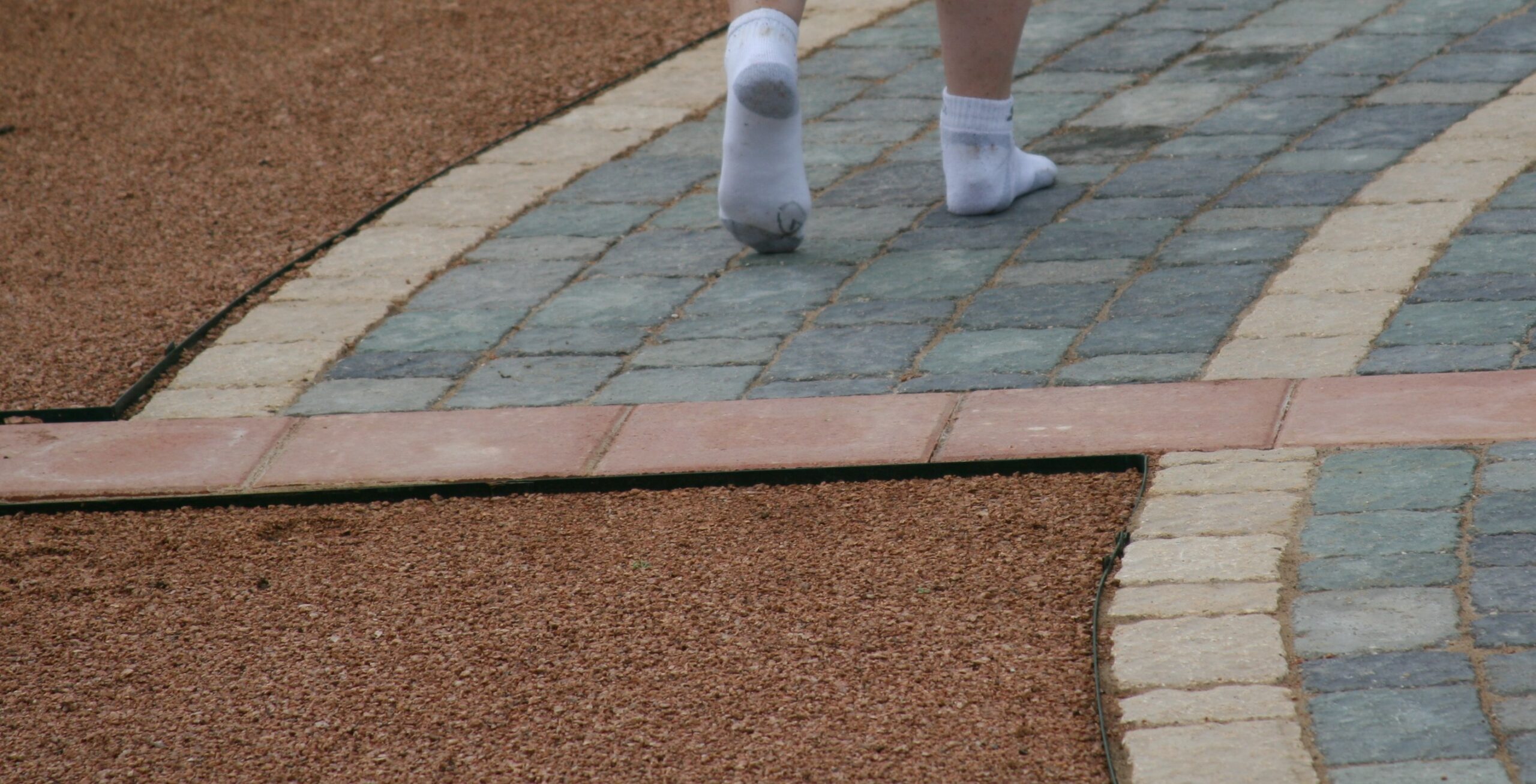
Walking the labyrinth brings an opportunity to slow down, to move peacefully and find that still place within. So that you may not disturb other walkers we ask that you honor the silence while on the labyrinth and in the immediate area.
Sevenfold Spiral –
The labyrinth here at Saint John’s Retreat Center is a sevenfold spiral, seven being a significant sacred number. Each spiral may be related to the seven rays of evolution, the seven windows of the soul, and the seven degrees of man’s spiritual unfoldment – and so on.
The Equal Sided Cross –
The seven spirals are intersected by the equal sided cross, which pre-dates Christianity and stands for eternal truth. The cross within the circle has an astrological significance, it represents the earth. In the Native American tradition it indicates the four directions. In some schools of thought the cross is a symbol of man’s body that is built of the four elements, earth, air, fire and water. These elements are represented by the stones around the central fire pit; rose feldspar is used to represent the earth, white marble – the air, obsidian – fire, and the slate represents the water element.
A Tudor Rose design is embossed on the cover of the fire pit in the center of the labyrinth.
The Tudor Rose
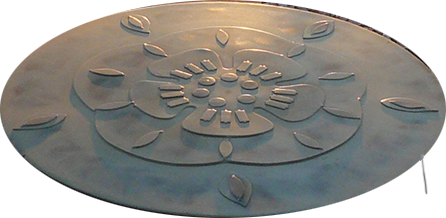
The rose has profound spiritual significance. It is seen as the symbol of love. On a deeper level it is the symbol of perfected soul.
